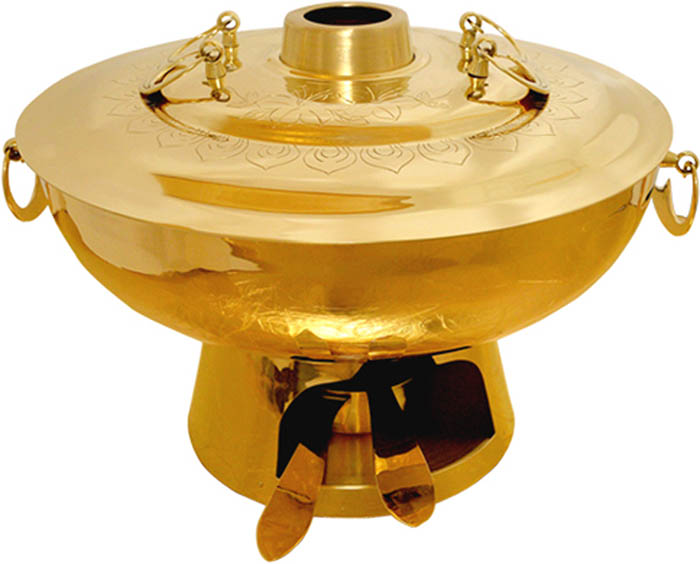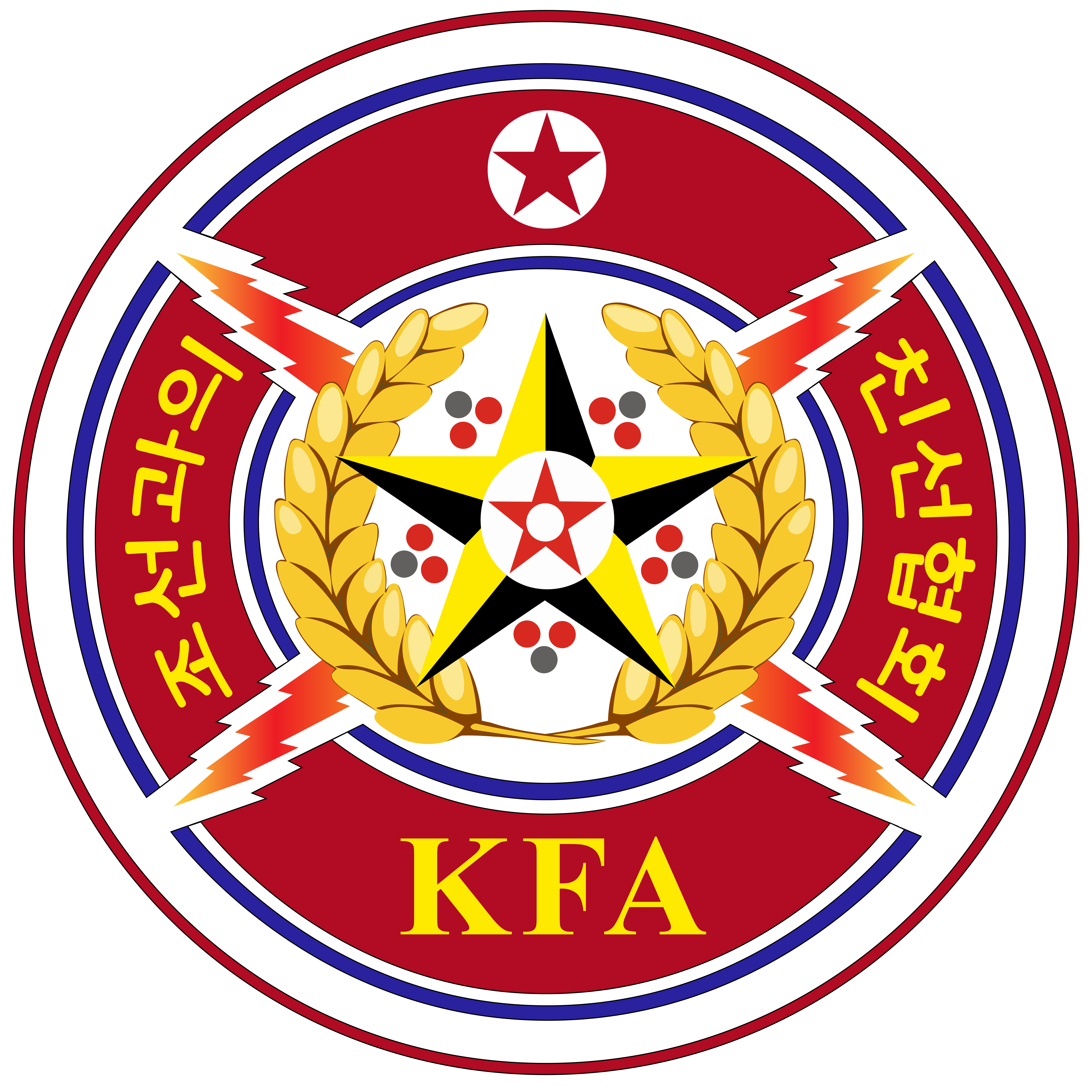News
Brass Tableware and Folk Customs
Originally published on Naenara – naenara.com.kp .
From olden times, the Koreans have created unique food culture suited to their tastes and constitution.
Among them are various kinds of brass tableware.
Brass bowls in the Bronze Age were unearthed in the Thogwang Tomb and stone tomb in Mangan-dong, Poksa-ri, Anak County, South Hwanghae Province. The fact shows that the Korean ancestors used brass tableware widely in their dietary life from ancient times.
With the development of metal-processing technology in the Middle Ages, the kinds of brass tableware were further diversified and became one of indispensable necessities unthinkable apart from the life of Koreans.
In his book Kyongdojapji, Ryu Tuk Gong, a realist scholar of the feudal Joson dynasty (1392-1910), wrote that according to the customs of valuing brass tableware, everyone had a set of brass tableware, including a rice bowl, soup bowl, plates for vegetable dishes and roasted meat, and that even washbasin and bedpan were made of brass.
As the colour of brass changes quickly in contact with poisonous materials, Koreans have long used a brass knife and other brass tableware in their dietary life.
They would polish brass tableware and put them in the kitchen cupboard when they did not use them. They usually regarded it as a standard for marriage that how many brass rice bowls, soup bowls and other dish bowls a family had and how clean it kept them. So, the families with daughters, however difficult they might be, prepared brass tableware for the marriage. They also regarded it as a custom to use brass tableware when preparing tables for such family ceremonies as wedding, birthday and memorial services.
The brass tableware are still widely used in public catering establishments and families.


